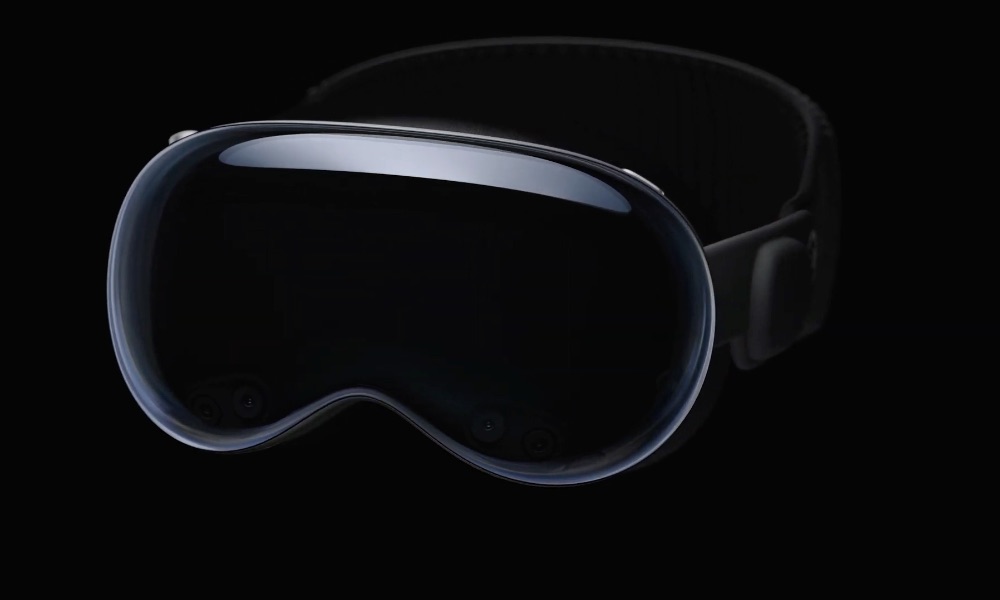Here’s Why You Don’t Want to Forget Your Vision Pro Passcode

Toggle Dark Mode
It’s only been four days since Apple’s highly anticipated spatial computing headset, the Vision Pro, began landing in customers’ hands, and it seems a few have already run into a serious and unusual snag with the headset’s hardware and software.
Adding to the list of seemingly obvious things that Apple’s designers and engineers didn’t think to include — or didn’t have time to get in before the release — is the ability to easily reset a forgotten passcode.
Apple’s stringent security means forgotten passcodes are a challenge even on an iPhone or iPad. The only way to deal with a forgotten iPhone passcode is to wipe your device entirely and return it to factory settings. After that, you can set it up from scratch, set a new passcode, and then restore your backup from iCloud or your Mac or PC.
That’s certainly a hassle, and it’s why Apple has added features to iOS 17 to make it a bit easier to revert to an older passcode if you forget your new one.
However, it seems that Apple’s $3,500 headset has gone in the opposite direction. If you forget your passcode for your Vision Pro, you’ll need to take it to an Apple Store or, worse yet, mail it to AppleCare customer support to have it reset.
This latest news comes from a report by Bloomberg’s Mark Gurman, who says that Apple support staff have already fielded at least a few customer service calls from folks who have been struggling with the headset’s security features, including forgotten passcodes.
The passcode problem could be particularly frustrating. When customers enter their passcode incorrectly too many times, the headset will be disabled. If users still can’t recall their passcode after a waiting period, they’ll need to send it back to Apple to be reset, according to guidance given to the company’s support staff. At that point, all content on the device will be erased.
Mark Gurman
Exacerbating the problem, customers have also reportedly struggled to get Optic ID working, which is Apple’s answer to Face ID for the Vision Pro. Optic ID uses iris scans to authenticate users, both to unlock the headset and to log into services like Apple Music.
However, if that doesn’t work correctly, the wearer will be required to enter the passcode they used to set up the Vision Pro. As with an iPhone, enter that incorrectly too many times, and you’ll be locked out — at least temporarily.
The solution to dealing with a forgotten passcode on the Vision Pro is the same as for the iPhone — the device needs to be wiped and restored. The catch, though, is that this isn’t something that Apple is allowing end users to do. Instead, customers must bring or send the device back to Apple for an erase and reset.
Gurman points to a thread in Apple’s community discussion forums where customers have reported running into this problem, with some also sharing that the folks at Apple Support and the Genius Bar have been blindsided by the issue, both in terms of how to handle the calls and even how to restore the Vision Pro to factory settings.
I called Apple Support again on the slim chance they’ve found a solution to this problem. The agent told me that they’ve gotten a bunch of calls today about this passcode bug and he’s had to deal with a lot of angry customers after telling them their only recourse is to return to the store. He said Apple Support was really caught off guard by this and apologized for not being better prepared.
“GenomeDoc,” Apple Support Community
In one case, a new Vision Pro buyer brought their device to their local Apple Store and spent two hours at the Genius Bar, with the technicians scratching their heads trying to figure out how to restore it, “reading repeat instructions from an iPad” and trying multiple laptops and iPads provided for “Vision Pro diagnostics.” Eventually, the Genius Bar staff decided to swap out the headset for a new one.
The crux of the problem appears to be that the Vision Pro has been designed more like an Apple Watch or Apple TV than an iPhone, with no wired data connection. An iPhone or iPad can be restored from a Mac or PC using a standard Lightning or USB-C cable; no such option exists for the Vision Pro, as the battery connector only transfers power. Apple does sell a “Developer Strap” for $300, which is what the Genius Bar techs were using, but this costs $300 and is not available to the public — only to developers — as it’s intended to help load and troubleshoot apps during the development process.
As Gurman notes, Apple could likely address this problem through software changes, but it’s unclear if it has any plans to do that; he reached out to Apple for comment but didn’t receive a response.






